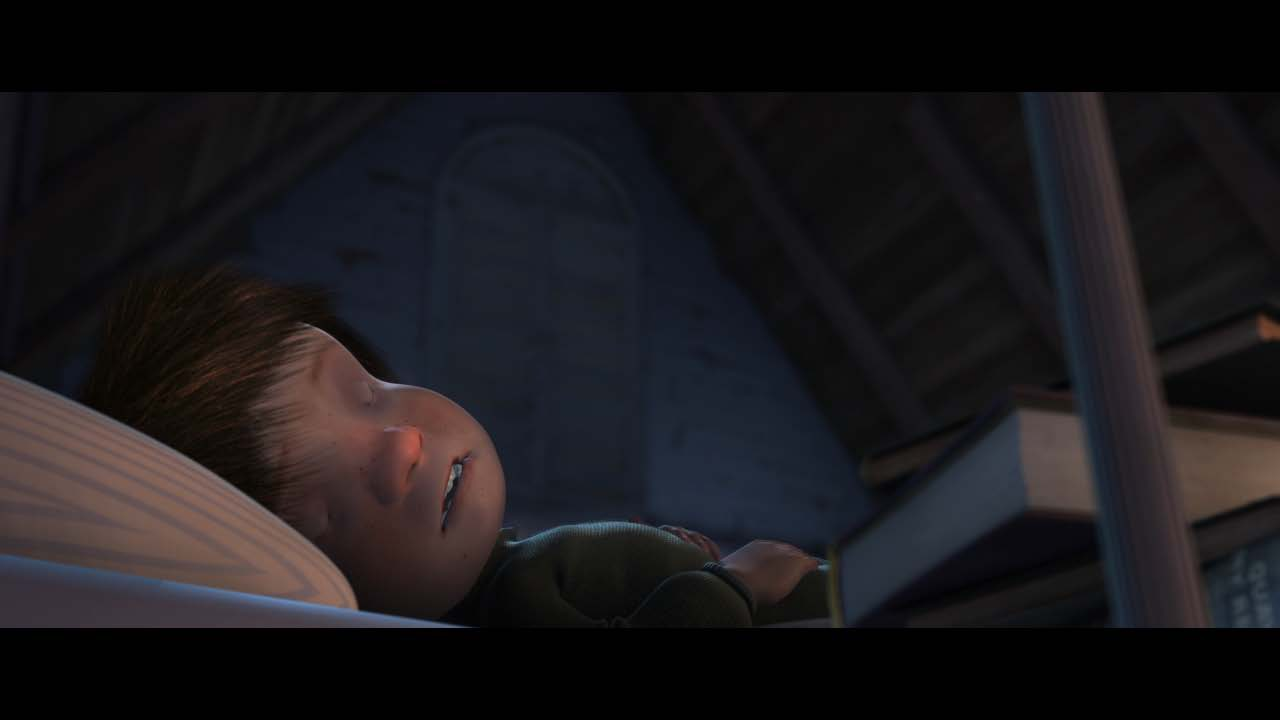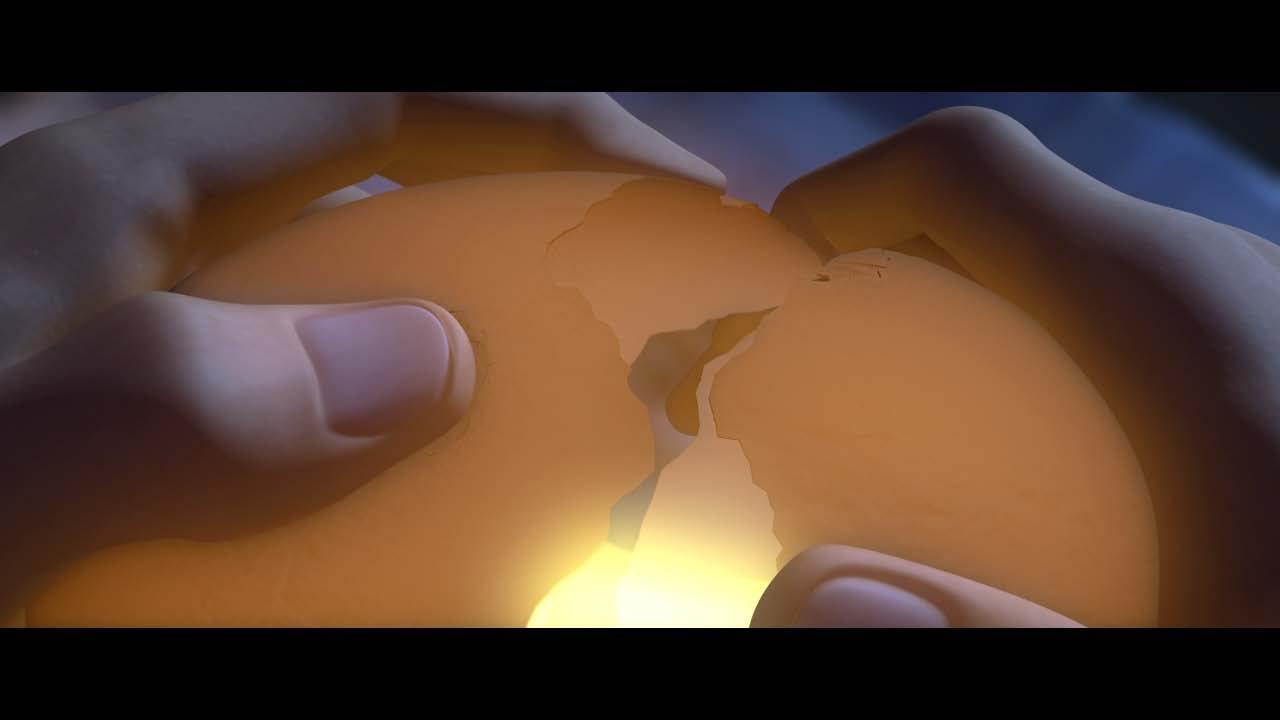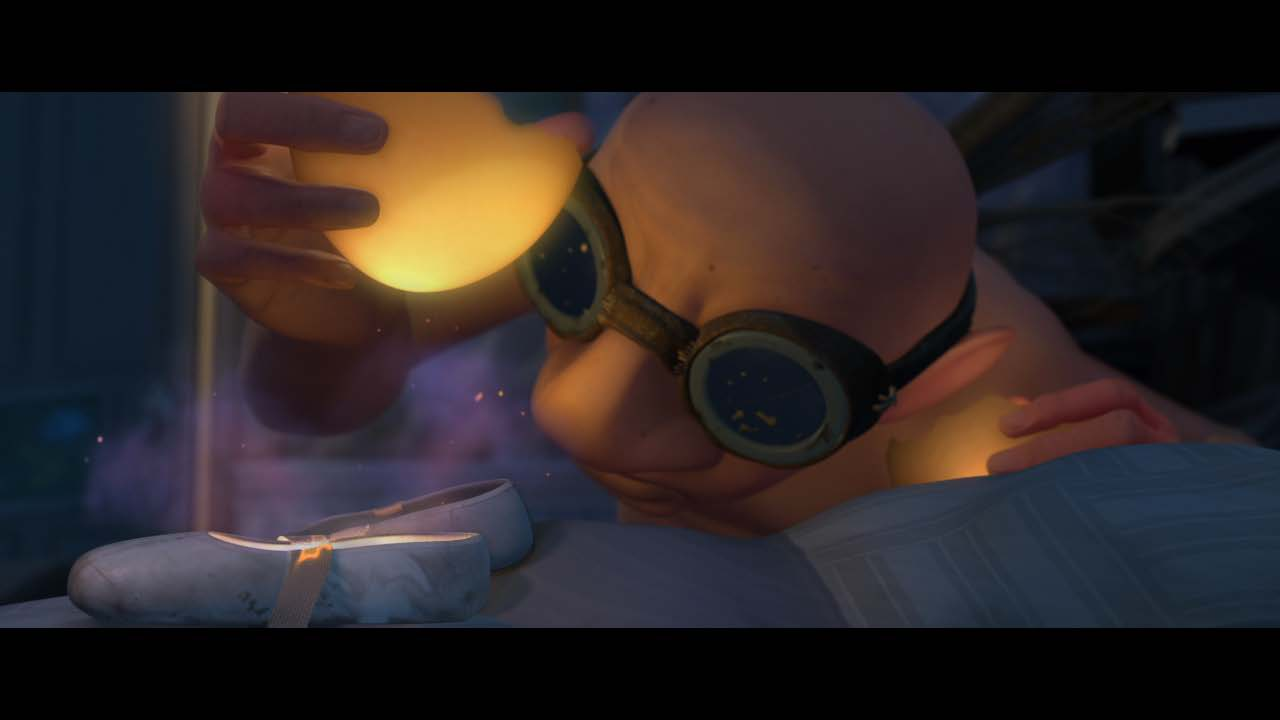More than ever, Houdini artists are in high demand and it is the perfect time for students to add Houdini skills to their arsenal. As a result, Houdini is gaining popularity in the education sector where schools are incorporating Houdini’s procedural-based approach into their curriculum. One such school is Brigham-Young University (BYU), an undergraduate university located in Provo, Utah.
The school’s Animation major is housed in visual arts but also has faculty in the film, technology and computer sciences programs. Here, students who are enrolled in the BYU Animation program gain hands-on experience with Houdini. The school uses Houdini as a tool to teach procedural modeling, expressions and visual effects and it is the principal effects package that BYU uses to produce award winning student productions.
Recently, BYU was awarded with two College Television Awards (Student Emmys) by the Academy of Television Arts. They won in the “Animation” and “Best Composition” categories for their production called “Dream Giver”.

About Dream Giver
Dream Giver is a short film created by a core group of twenty-five students who spent a year and a half working to complete the project. The film features both traditional and CG animation and effects. Animation and Computer Science students worked together to put together the highly polished final product.
BYU’s students turned to Houdini for a large portion of the effects that were generated for this project, particularly for elements such as character hair and a wide range of particle effects that take place as the Dream Giver character interacts with his magical dream-giving orbs.

Technical Breakdown
CG Hair: The team originally started creating character hair using another 3D package but were having trouble achieving the desired results within the time allotted. They decided to try Houdini for one of the characters and found that they achieved great results in a fraction of the time required. It was therefore an easy decision to complete all the hair, for all the characters, using Houdini. The hair was simulated, shaded, lit, and rendered in Houdini.
The Dream Giver’s Orb: The Dream Giver’s orbs crack open and explode with color as he runs his evening errands. Colorful smoke and bright bursts of sparks emerge from the orbs as they are cracked open.
To create the cracking effect of the egg-shaped orb, the director wanted very specific control over where and how the cracking was going to happen. The team used Houdini to create a procedural crack that could be animated across the surface of the orb, and a cracked depression for the left thumb of the Dream Giver. The setup gave them the flexibility to change the animation on the hands multiple times and have the crack update accordingly.
A sphere with some noise applied to it was riveted to the left thumb. A Boolean operation and multiple surface breaks were used to create the depression. A grid with noise was constrained to the hand animation and used to break the orb into two pieces. Finer chunks were added then animated with lag and spring.
As the orb cracks open, clouds of light and glowing particles escape from within. To generate the puffy smoke that seeps out, a Houdini Digital Asset was built which would allow artists to draw curves to define a path for the smoke to follow. The asset also had controls for tweaking the fluid solver's settings, adjusting how many particles would be needed and running the simulation.

VEX operators were used to control the normals along the curve. Those normals were then brought into a dynamics network and used as velocity vectors to corral the fluid simulation. Particles were advected through the fluid's velocity field and then wrapped up into a Houdini Digital Asset. The asset proved to be fast, flexible and artist friendly. The smoke and all of the particles were rendered with Mantra and composited into the final shot.
To handle the particle bursts that sprang from the orb, the team used a combination of curves and lattice deformers that offered further control over the shape of the particles. They then refined the velocity attribute in order to have complete control over the motion blur at render time.
“Houdini allowed us to create an artist friendly setup for all of the explosion, and vortex shots” explains Zach Glynn, a BYU student who was the lead on the 3D effects in this project. “The director wanted to be able to control the shape of the path from the explosion, and adjust it to fit each individual shot”.
The effects for this entire sequence were handled within just one scene file. Separate fluid solvers were used for each shot. A master solver was created for the first shot. Then reference copies of that solver were created except for a few key parameters which were adjusted to create unique fluid simulations for each shot. Python scripts were also used to help automate switching between shots in the sequence.

“We used a low-res fluid simulation to get the basic sucking motion” say Zach. “Then we advected particles through that sim and created the main vortex. Then we added a lattice deformer to further exaggerate the shape of the vortex.”
“Without Houdini, we could never have hit the notes for the effects” comments former BYU student Chris Rydalch who now works for Pixar. “I was able to use Houdini to troubleshoot geometry problems with the blankets and particles. And since the Apprentice files work with the school license, I could work at home then take those files back to school, and render them without watermarks at full resolution.”
Their Next Project
Many of BYU’s students have taken the Houdini skills they’ve acquired from working on award-winning projects such as Dream Giver and are applying them in top studios such as Pixar and ReelFX. BYU’s current crop of students are moving forward with new and exciting projects, working as hard as ever to nab another student Emmy.
“BYU’s students are responding well to Houdini which serves as the school’s primary VFX package” remarks Seth Holladay, Visual Effects Instructor at BYU. "In fact, we have just wrapped up a new project titled 'Butchered Meats' where we utilized Houdini not just for visual effects, but to also help us meet our deadline thanks to its rendering, lighting and fur simulation capabilities".
“SideFX’s great support for education makes a big difference in what we can do as a program” adds Seth. “This support is giving students useful resources to catalyze their development of high-level skills, such as effects work, scripting, pipeline management, and node-based, procedural workflows. We know there are still many untapped benefits of Houdini and hope to continue to expand how we are able to make use of it.”
COMMENTS
Please log in to leave a comment.